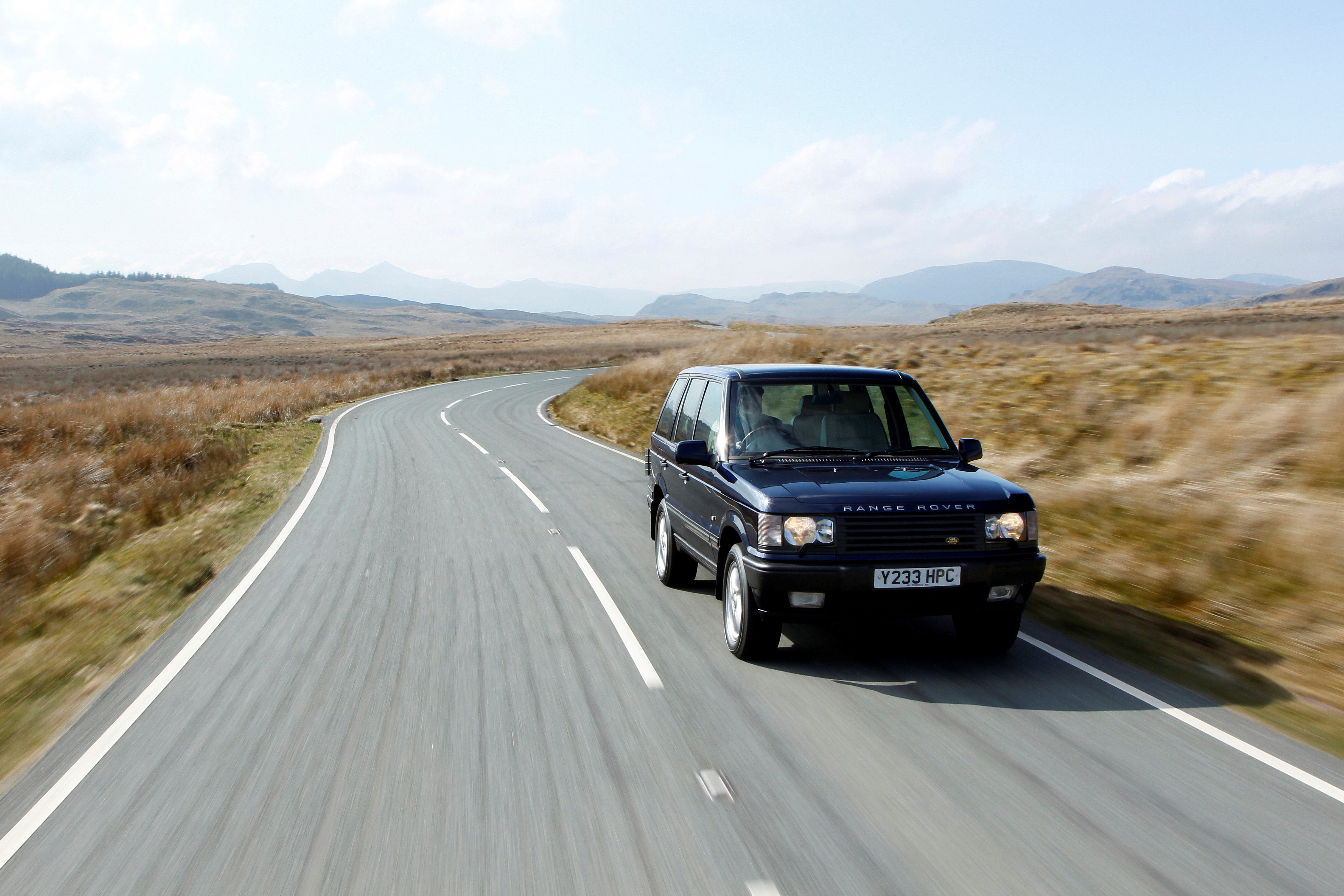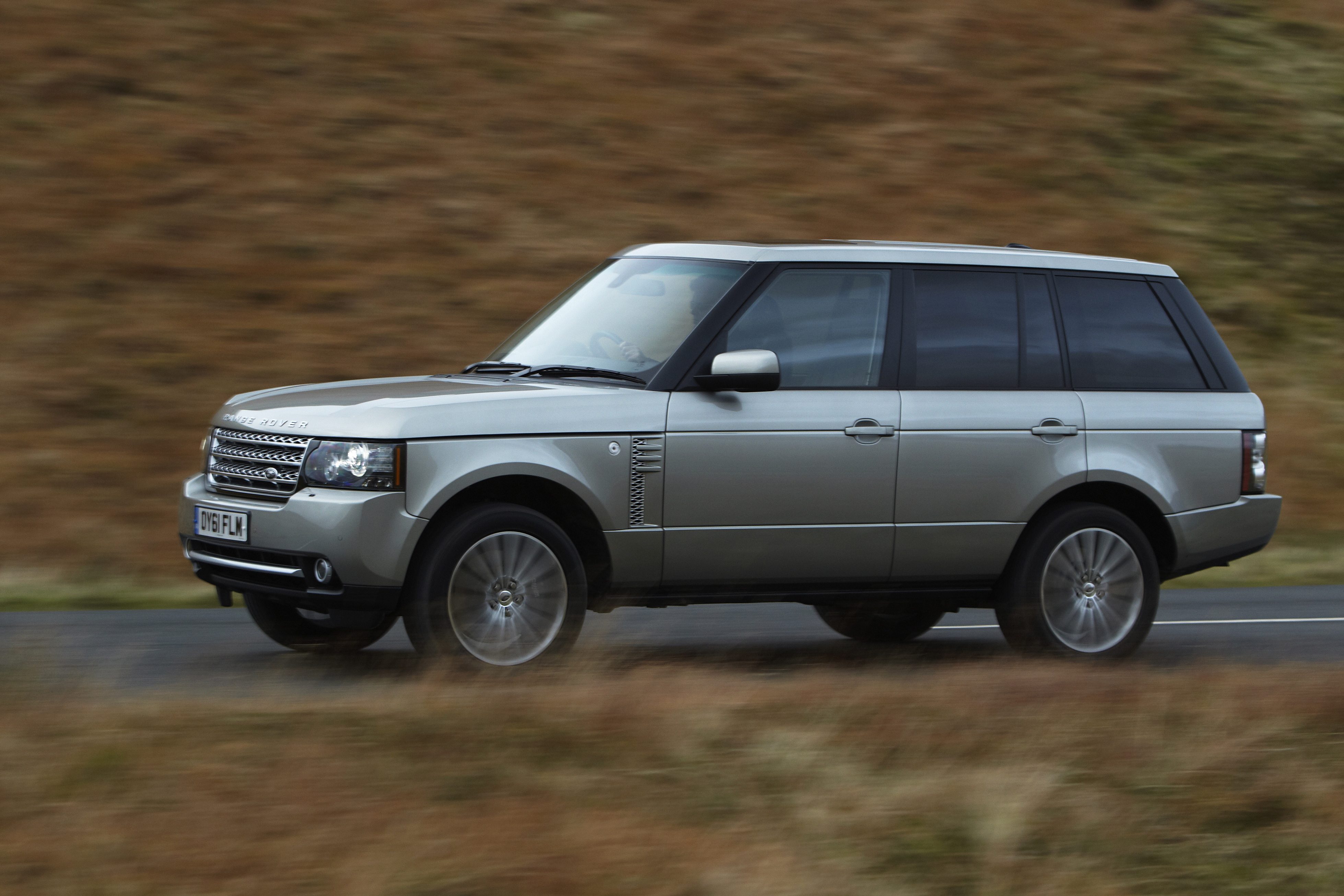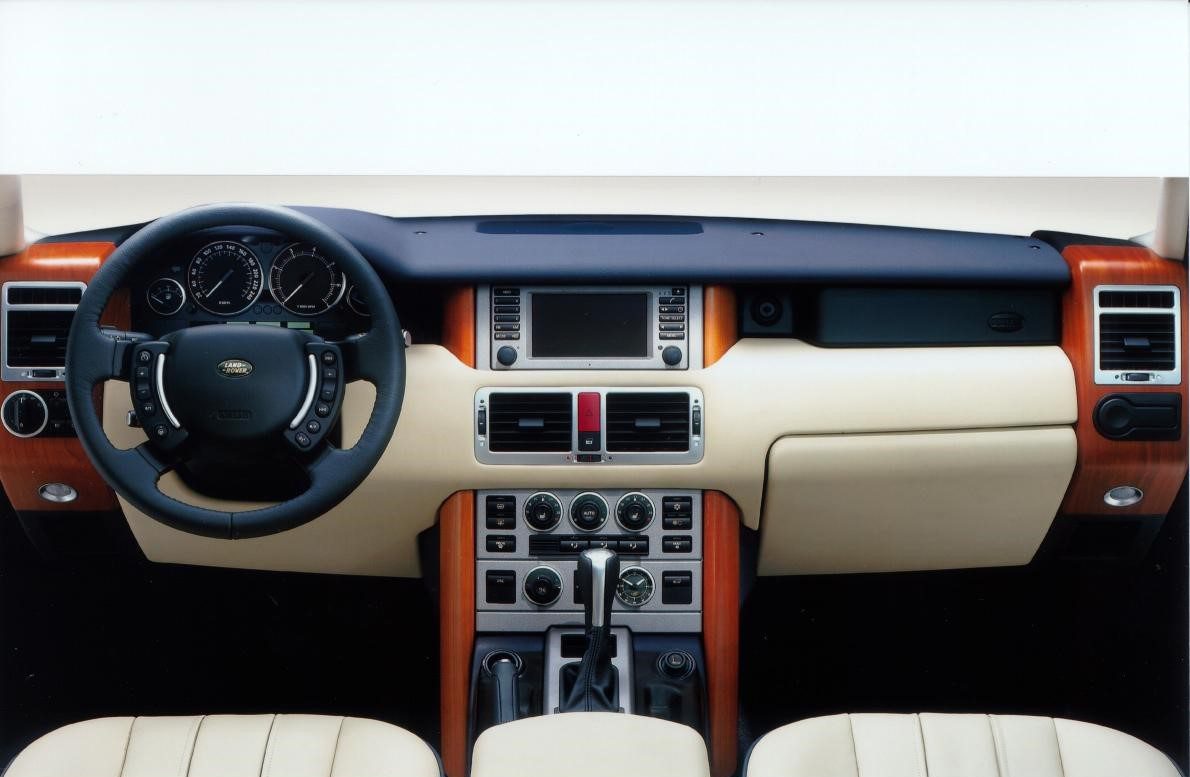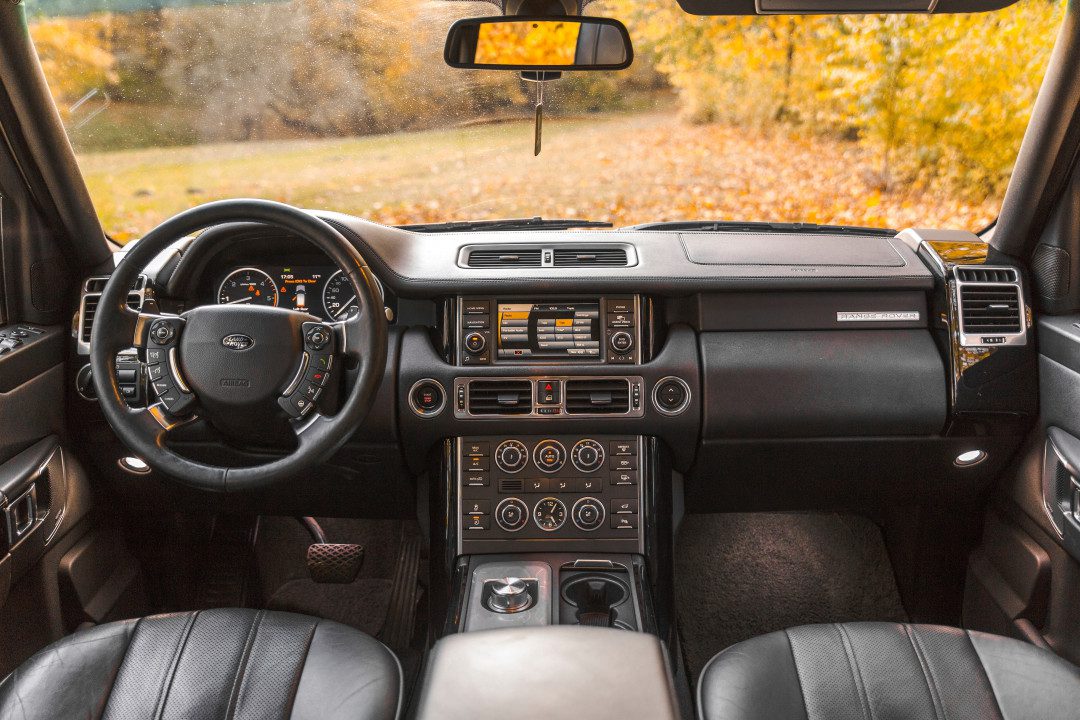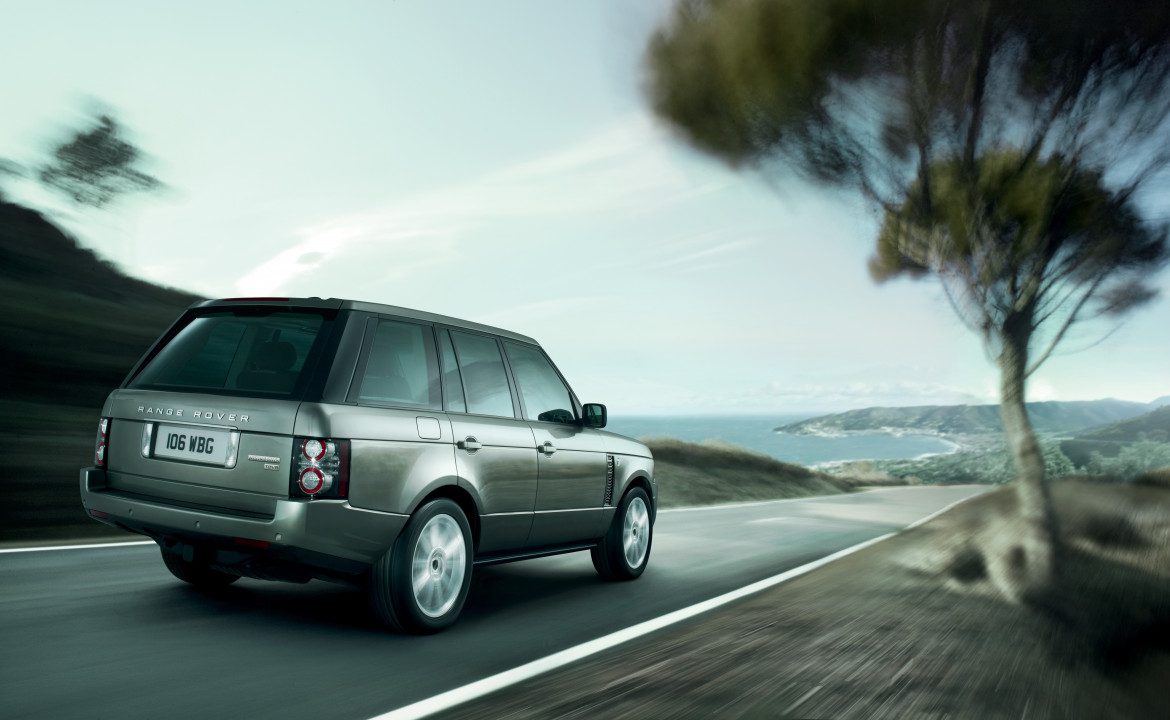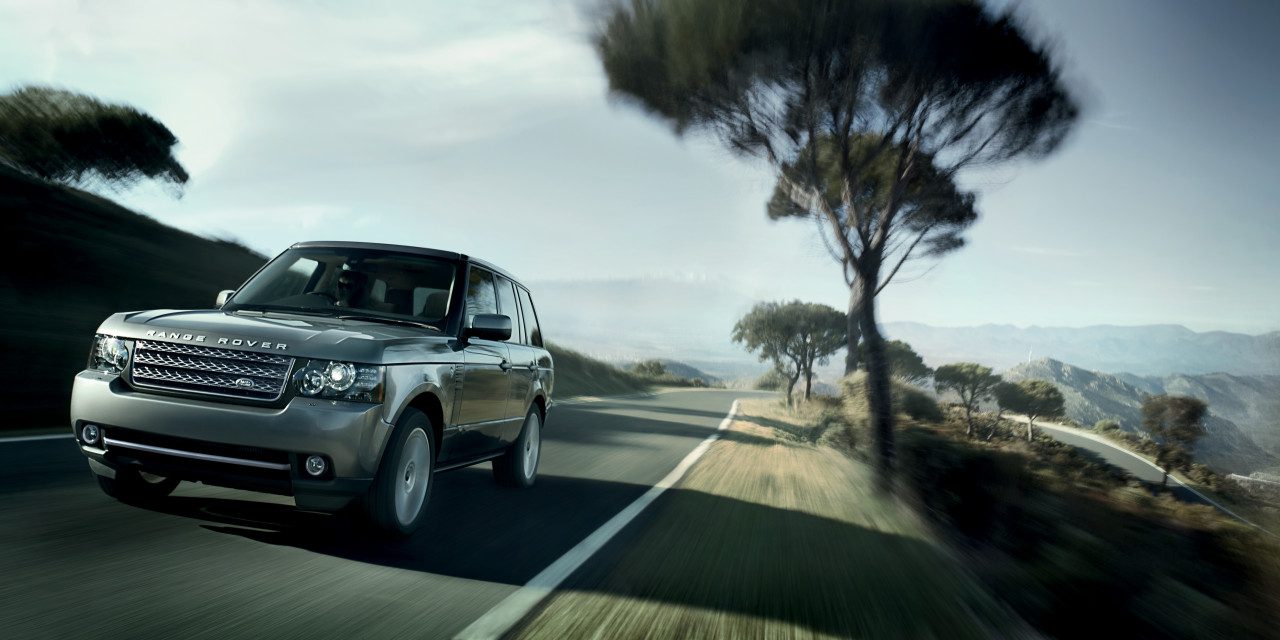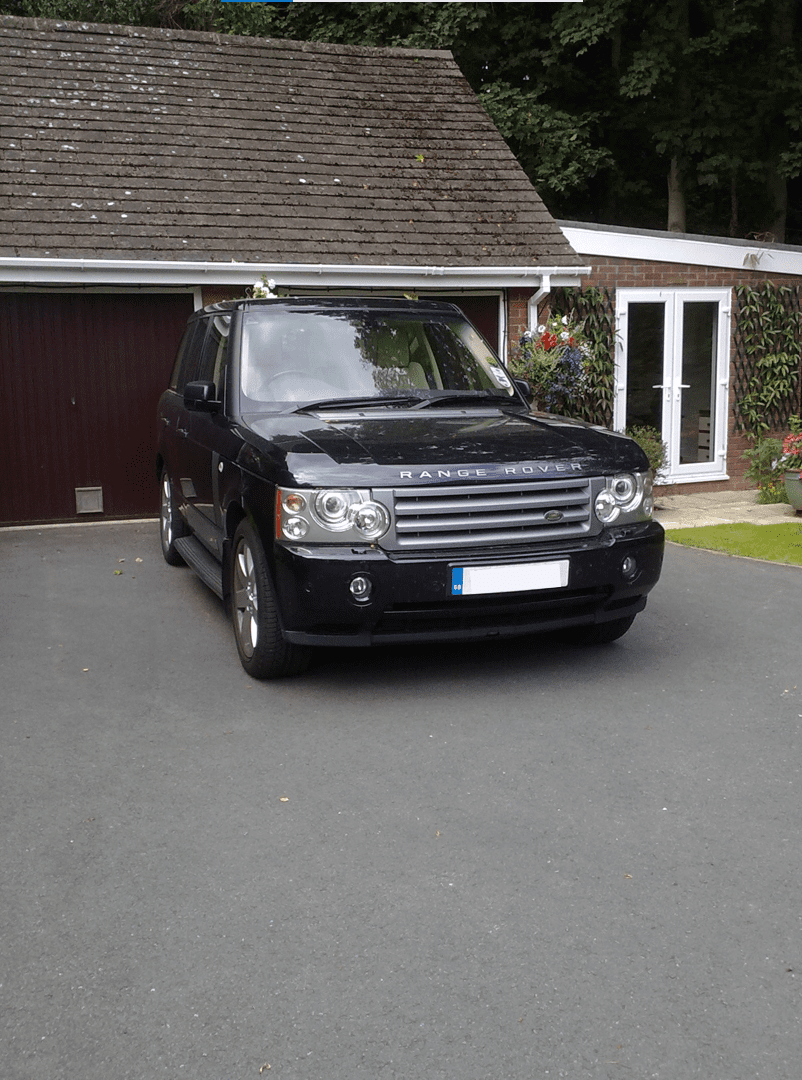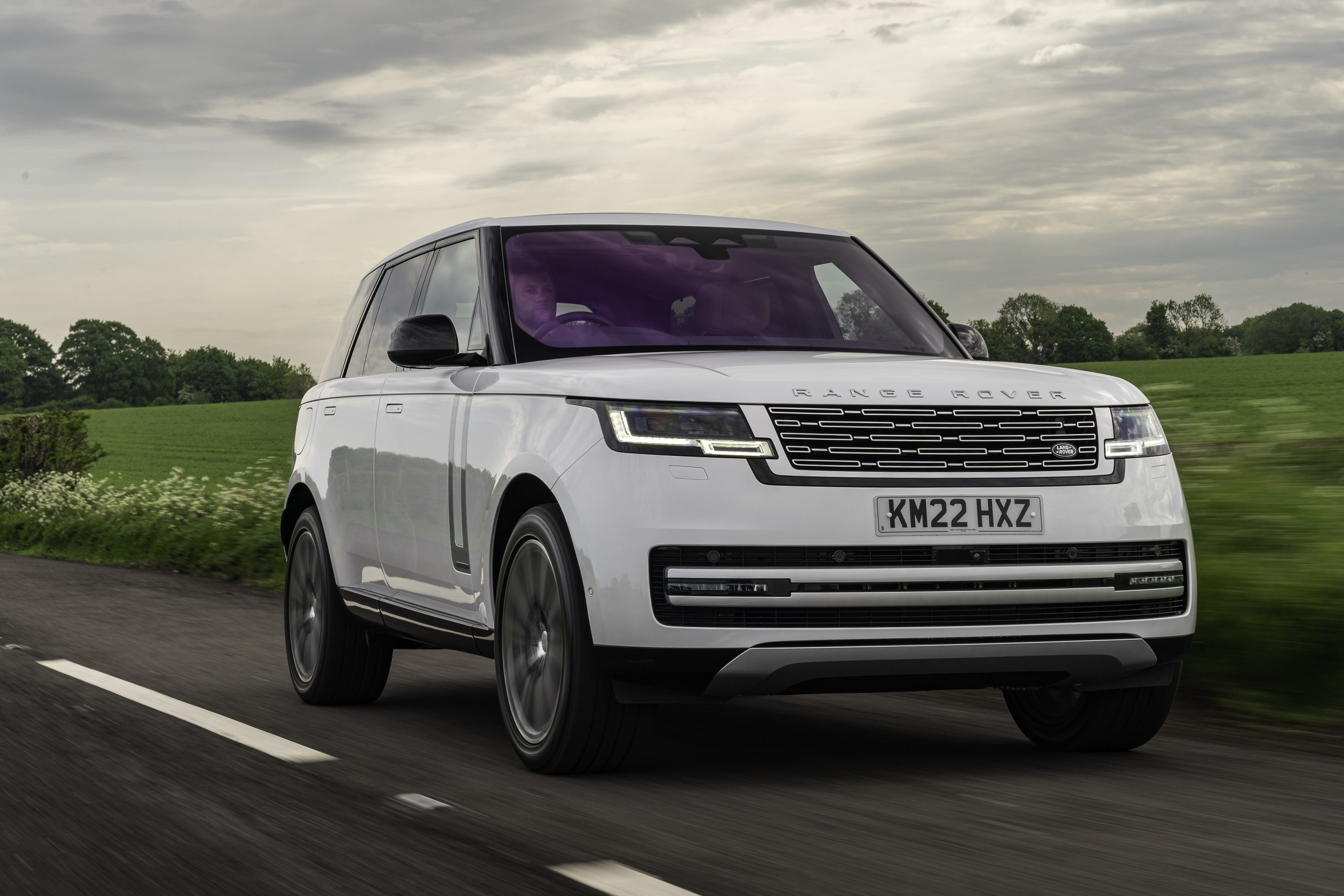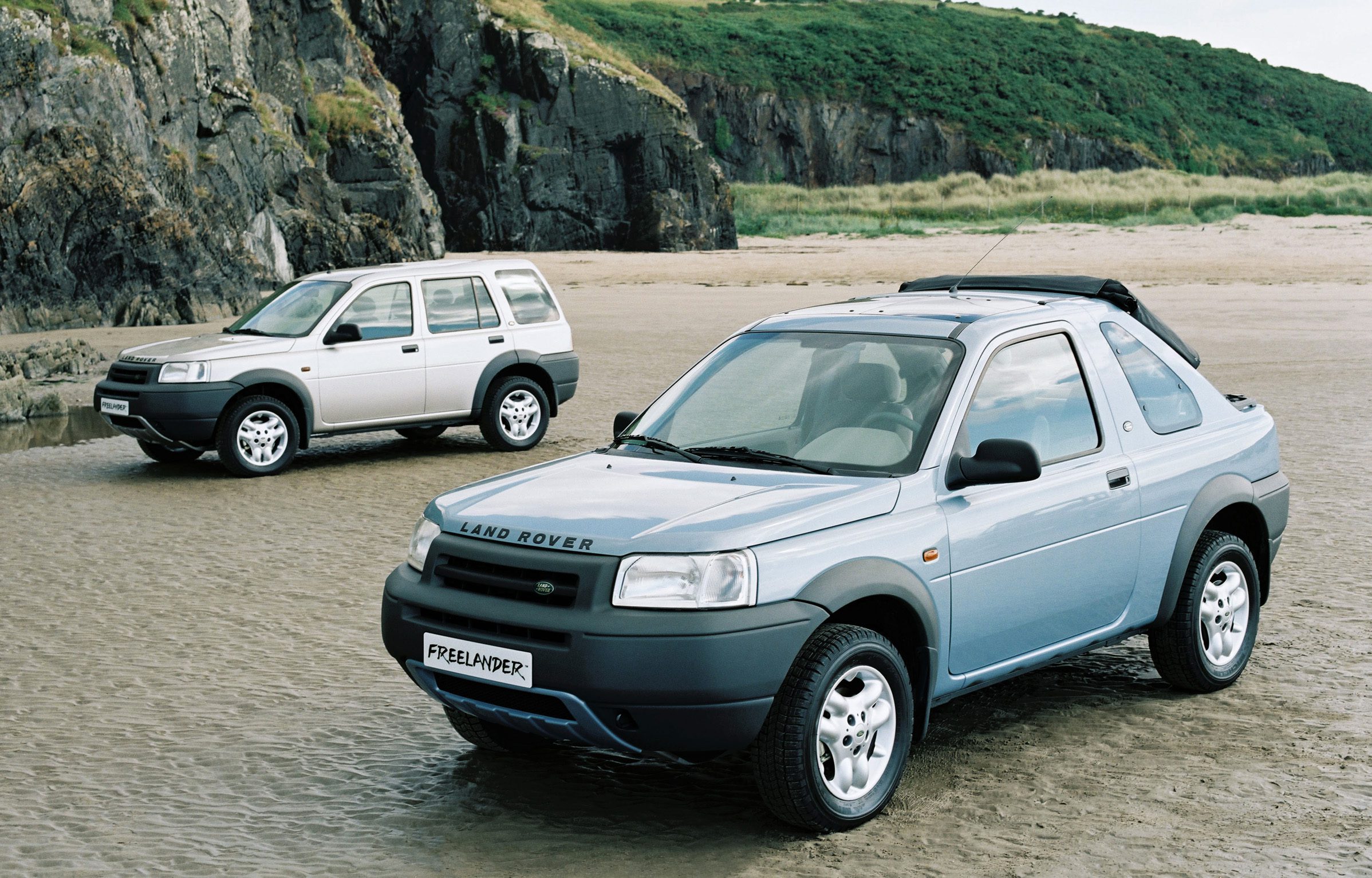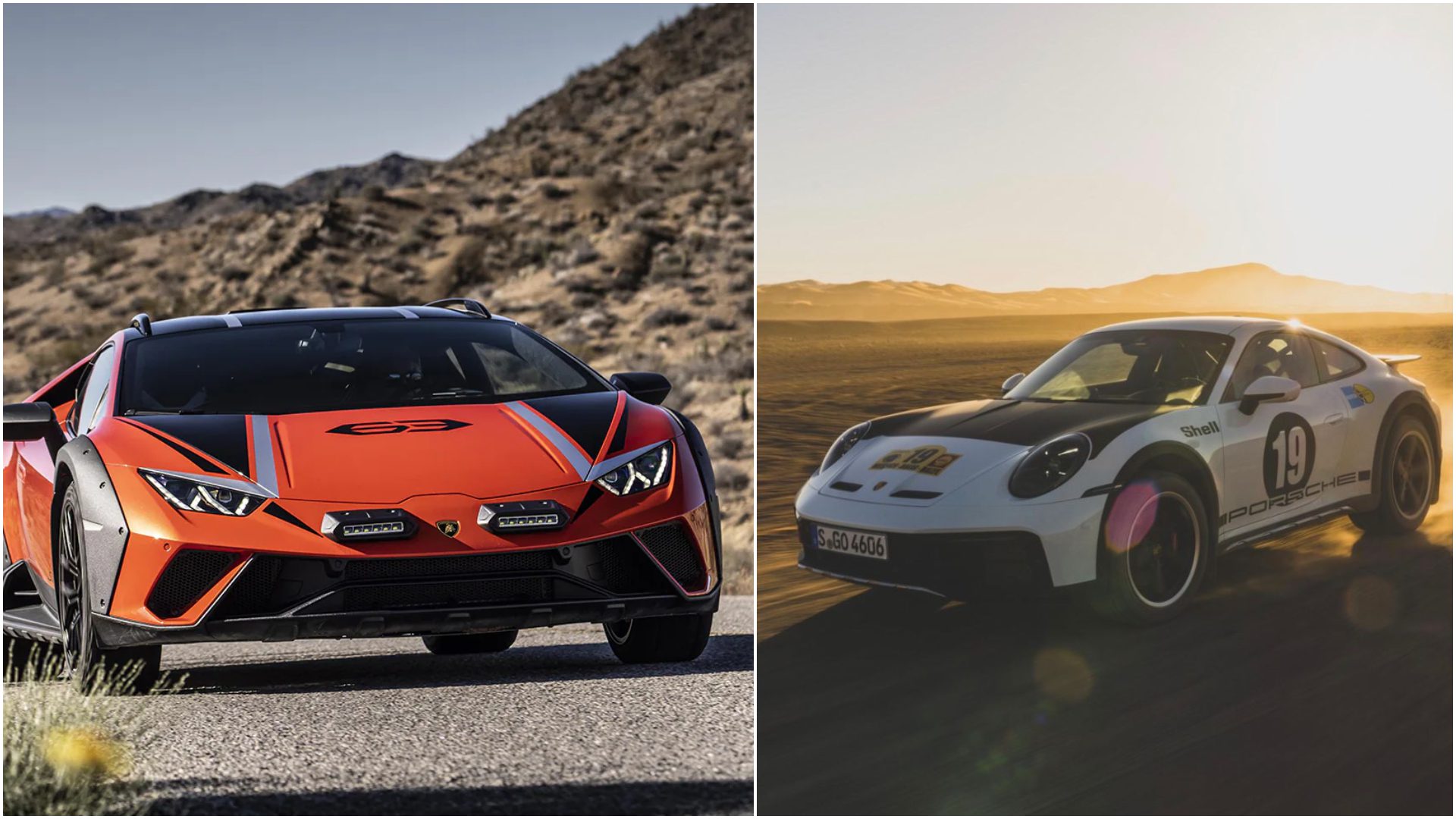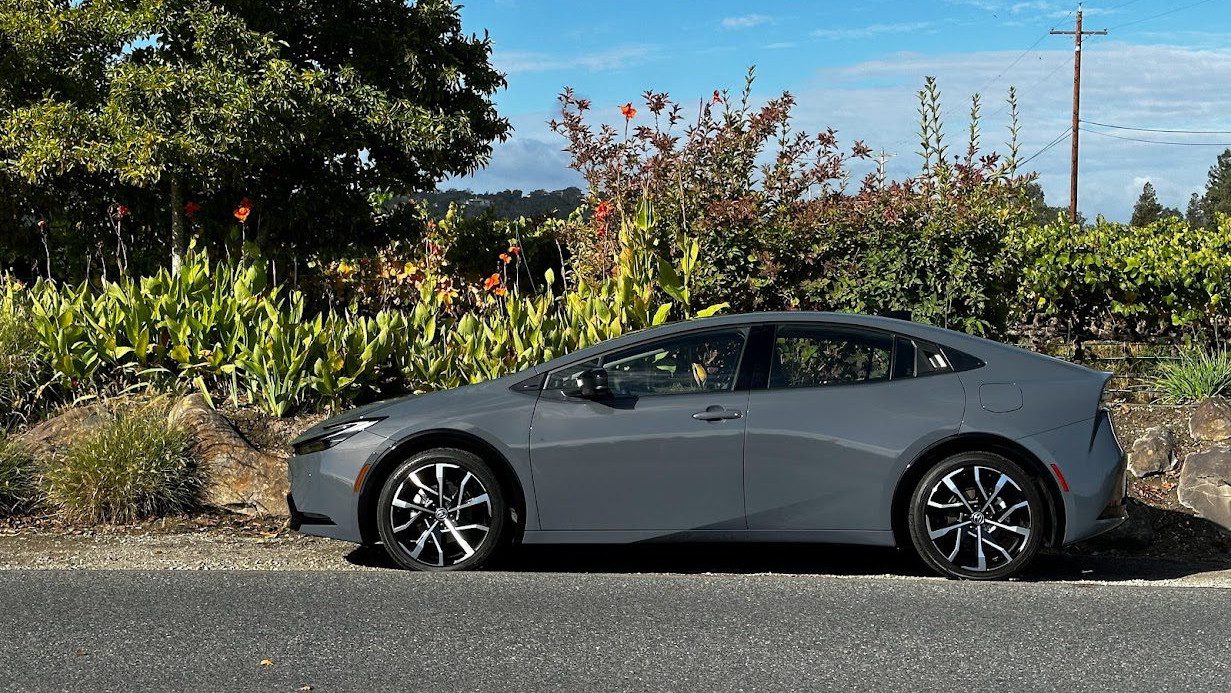The Range Rover L322
Is the third generation of Land Rover’s luxury off-roader the best?
In 1994, BMW took over Rover Group, and the development of a replacement for the Discovery was put on hold, in favour of replacing the second-generation Range Rover, which was suspected of having a short shelf-life compared to its predecessor, with journalists saying that its styling ‘presence’. The project to create the third-generation car involved engineers from Rover Group and BMW, even after BMW sold Land Rover to Ford, just before the project entered its final stages, moving from a BMW facility in Munich to Land Rover’s Solihull plant.
The third generation Range Rover, codenamed L322 during development, was first produced in 2002 and was originally available with a BMW 4.4L V8 and BMW 2.9L TD6, with Land Rover dropping the manual transmission completely for this generation. It had four-wheel independent air suspension, allowing variable ride height and retaining off-road abilities, whilst building on the P38A’s on-road capabilities.
The L322 was the first time the Range Rover could be set aside from the other models in Land Rover’s line-up. The interior alone, featuring tri-zone climate controls with an interior air filter, leather steering wheel, cruise control, twelve-way electric driver seats and ten-way electric passenger seats (both with full leather), a power sunroof and the capacity for six discs in the CD player. The Sat Nav system, rearview camera and wireless phone links added to the luxury element to the car, as well as the option for seat-back screens with DVD entertainment.
The L322 was refreshed five times in its eleven-year lifespan. The 2005 facelift saw a refreshed front and rear, as well as the addition of engines from the Discovery 3 and a supercharged 4.2L V8 from Jaguar. 2006 saw the replacement of the BMW engine with a Jaguar one, as well as an update of the infotainment system, with on and off-road navigation, rear-view camera, and a Harman Kardon audio system. In 2007, the C-pillar was replaced with glass, the handbrake made electric, an engine collaboratively developed by Ford and Land Rover, improved suspension, Land Rover’s Terrain Response system and various interior updates. 2010 brought another update to the front and rear of the car’s exterior. A 5.0L naturally aspirated V8 and a 5.0L supercharged 5.8 were both added, and the interior had a number of minor alterations, as well as the wheel centre caps being changed to read ‘Range Rover’ instead of ‘Land Rover’. Plastic was also removed from the door handles and side vents. The final updates came in 2011 – updated styling, improved interiors, upgraded 4×4 systems, and a 4.4L TDV8 diesel engine was added to the lineup.
We had two L322s in the family in the space of 11 years. The first was 2006, just after the, and the second was the final, the 2012 model year. Both had the full leather, cream interior, sliding sunroofs, and the first had the full entertainment package, with the seat-back screens. Both had V8s, the first was a Vogue SE and the second was a Westminster with the 4.4L Diesel V8.
Both cars were unforgettable. V8 4x4s in themselves are cut above, but the luxury that a Range Rover provides, as well as the ride-comfort for both driver and passenger, put them at the top of their class when they were on sale. Whilst the reliability could be questionable at times, the capabilities always managed to outweigh the flaws. The Range Rovers in our family were never used for off-roading or overlanding, but they more than proved themselves for commuting, long-distance trips, and, on more than one occasion, cross-continent European road-trips.
The L322 is one of the only generations of Range Rover that is widely available, due to the prices of later models. A 2012 V8 Westminster model with 40,500 miles [link to AutoTrader ad] on the clock would set you back £21,495, less than the price of a new Skoda Kamiq or Nissan Juke and the same model with 115,000 miles [link to AutoTrader ad] would cost only £10,500, half the price of a brand new MG ZS.
The fifth generation of Range Rover, the L460, was released last year and is built in Solihull. It is the first Range Rover to have a seven-seat option, has one V8 option, two 3L MHEVs and a 3L PHEV and next year, an EV version will debut. The luxury of former Range Rovers is still present, with a four-seat option with electrically operated tray tables and a mini-fridge available. The styling is derivative of previous generations, and it retains all of its off-roading capabilities. Whilst this puts it, at least, on par with the L322, there’s one drawback: an L460 will set you back, at the very least £102,100, and you can get an L322 for less than the cost of a brand new Mini (in some cases).
I don’t know about you, but I’d have the L322 over quite a few modern SUVs. It really was (one of) Land Rover’s finest hour(s).
Recommend0 recommendationsPublished in Opinion